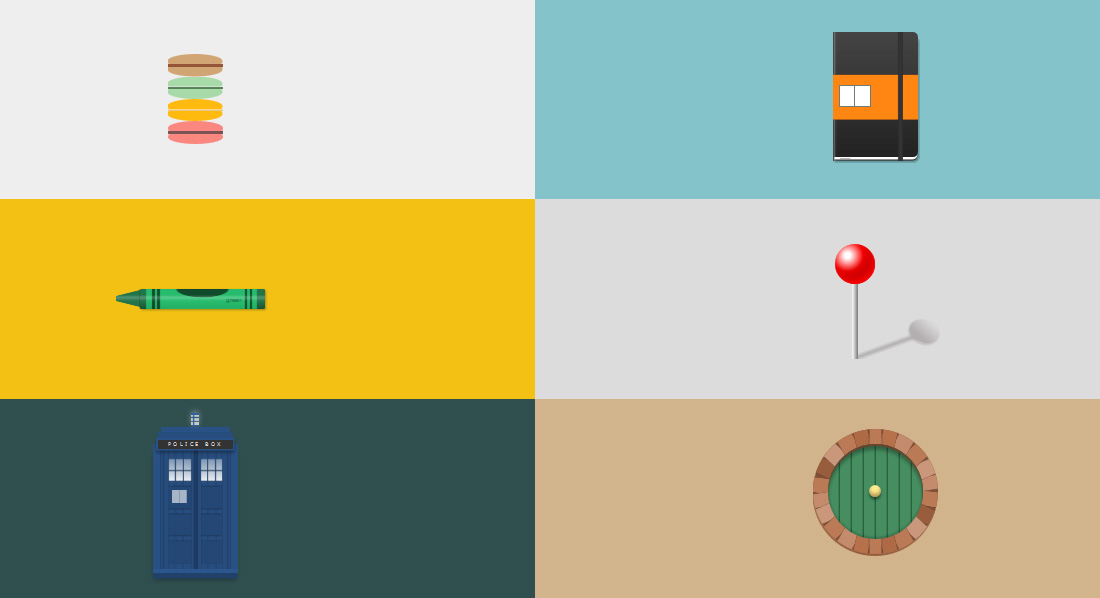

The eye will have an overflow:hidden so the pseudo-element doesn't extend beyond its scope. The eyes on this drawing are far from perfect, but they are Ok.Įach eye is two elements: a div (for the eye in itself) and one pseudo-class (for the pupil and iris). They make or break the drawing, and the balance between one and the other is subtle.

#Simple css drawing code#
Combined with the various elements from both sides, that gives the impression of having two different ears.ĭrawing eyes is always tricky. A code snippet of a complex and quality CSS drawing depicting an enchanted library with some animations and without using JavaScript. Once that's done, to make them look slightly different, I rotated the second one at a slightly different angle and also pushed it a little bit farther (from the other side). The trick to quickly flipping an element horizontally is to apply a transform of scaleX(-1) and voilà! It's done! The buttons also contain badges, which are small, round indicators. The buttons use the btn-primary class to style them as primary buttons in bootstrap. The main body of the HTML document contains two buttons labeled Java Articles and C++ Articles. The object is later used to provide some lip shadow with box-shadow: one on top and another on the side.īoth ears are the same. It starts with a simple HTML page structure and includes the bootstrap CSS file. Browsers may display slightly differently, but it is a price I'll pay. A very important heads up though, before taking this course, you should have basic knowledge of css, things like positioning elements on the screen or adding. In this case, I did it by playing with the border widths, but I could have done it with clip-paths (it would have been a pain later with the pseudo-elements) or linear gradients (it would have been a pain later with the shadows). It is also conformed of three parts to give some "texture," so it's not just a flat thing. On the other hand, having different elements permitted some extra customization (like adding transform or inset shadows) that would have been more complicated if it was only one element.

However, having three elements allowed for sharper edges (e.g., the chin), and I wanted to try this approach as I always go the "egg-shape route." The result looks nice, but it might not have been worth it. Instead, I overcomplicated things a little. I like setting the root element of the drawing as a "canvas" and adding a grid at the beginning:Įnter fullscreen mode Exit fullscreen mode Let's see how different parts of the image came to life.ĭon't worry.
#Simple css drawing full version#
Here is a live demo of the drawing (you can see the full version on CodePen): Initially, I didn't know what I would draw at all! But I had volume 2 of the manga Pluto next to me, so I decided to code something manga-related, getting some inspiration from the cover (e.g., for the nose and the mouth). At the end of the article, you will find a video with the whole process. In this article, I will explain how I drew the manga/anime drawing from the image above using HTML and CSS and dive into the creative process, getting into some detail about why I made some of the decisions and their pros and cons. Sometimes it's helpful to try new features that cannot always make it into production because not all browsers may support them. Here’re some sample templates created using the Grids tool.Drawing in CSS is relaxing (at least for me) and an excellent way to practice CSS. Grids Builder is another nice tool that you may use to quickly create CSS based layouts though it supports only basic designs - your template can have a header, multiple columns for content, sidebar and a footer. Obviously, you need to have some understanding of HTML and CSS in order to use these tools. For instance, you can put the layer over which can also contain the layer to hold images or for headlines. For instance, if you want your website to have a fixed-size header, a left sidebar and maybe a footer, you can simply drag-n-draw these areas on the canvas using the tag and generate the code.Įach tag in Drawter is presented as a separate layer and you can draw one layer over the another. Using a path element, you can draw rectangles (with or without rounded corners), circles, ellipses, polylines, and polygons. And since I already used the :before for the box around it, I had to look for a way the get it to work in just the :after element. I used this code for my customized forms CSS. Think of Drawter as a white canvas where you can actually “draw a web page” using your mouse. Good remark, thats true, but I think the biggest problem there would be the transform CSS, since that is CSS3. WYSIWYG editors will generally write the code using HTML tables but if you are looking to create a pure CSS based layout, where the presentation styles are separate from the actual content, you should check out Drawter. SVGs will allow you to create as complex shapes as you need, its a vectorial image format, not an styling description.


 0 kommentar(er)
0 kommentar(er)
